Uncover the Basics of Plant Growth Hormones | Part 1
- December 12, 2022
- Yusif Jaouni
- Posted in Plant Nutrition and Management
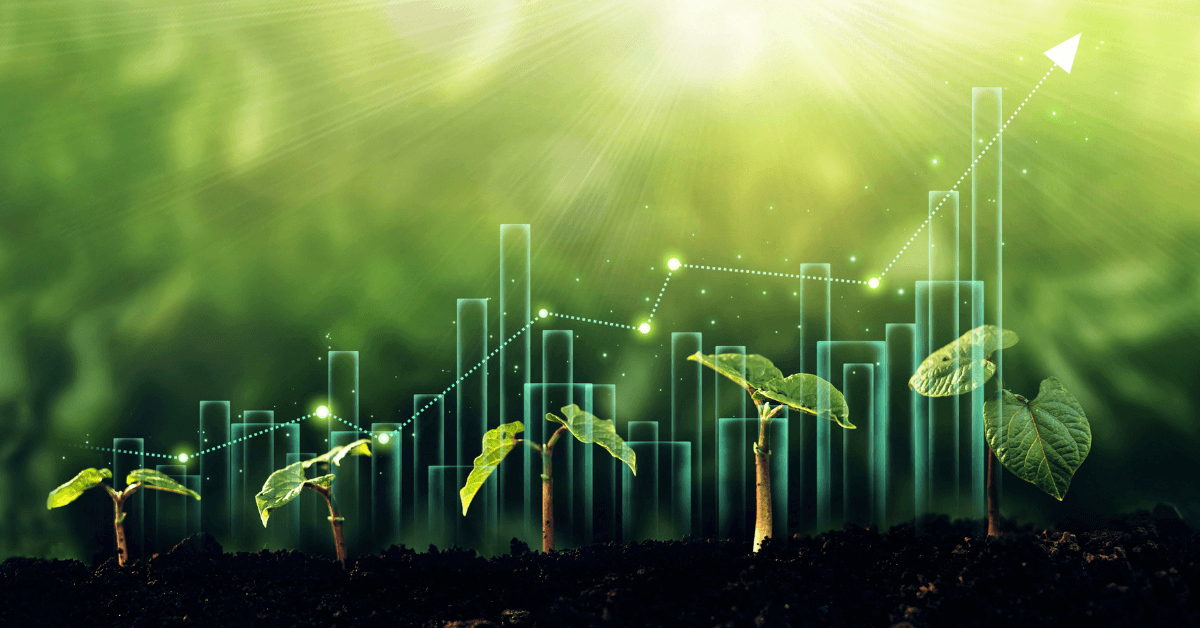
Are you ready to power up the potential of your crops? By understanding how plant growth hormones (PGHs) work, you can unlock the key to greater yields and healthier plants. By balancing hormone levels in your plants, you can maximize crop performance while also minimizing energy expenditure. With this blog we will explore what PGHs are and how they affect nutrient uptake and photosynthesis – so read on to find out more!
What are the 5 Types of Plant Growth?
Primary and Secondary Growth
The meristematic cells present at the root and shoot apices divide mitotically and increase the length of the plant body. This is known as primary growth. Secondary growth is referred to as the increase in the diameter of the plant body by the division of the secondary meristem.
Unlimited Growth
When the plant constantly grows from the germination stage to death, it is called unlimited growth.
Limited Growth
In this stage, the plant parts stop growing after attaining a certain size.
Vegetative Growth
It involves the production of stem, leaves, and branches, except the flowers.
Reproductive Growth
Flowering occurs at this type of growth stage.
What is a Plant Growth Hormone and Its Role in Plants?
Plant growth hormones are the chemical substances that govern all the factors of development and growth within plants. Some other names used to refer to it are phytohormones and plant growth regulators.
These hormones are like messengers that travel through the plant’s tissues to promote growth and development. They can cause plants to grow taller, produce more leaves, and even create more flowers or fruit. Phytohormones are organic compounds which are either synthesized in laboratories or produced naturally within plants. They profoundly control and modify the physiological processes like the growth, development, and movement of plants.
Scientists have identified five main types of plant growth hormones, each with a different role in the plant’s life. For example, auxins can promote cell elongation and tropisms, while cytokinins can stimulate cell division and delay the aging of plant tissues. Understanding how these hormones work can improve crop yields and help plants resist disease.
The Different Types of Plant Growth Hormones
Plants require specific care and attention to flourish. One crucial factor is the use of plant growth hormones. Several different types of plant growth hormones fulfill various functions, such as aiding in cell division, photosynthesis, and root development. For instance, auxins help plants grow toward light sources, gibberellins stimulate cell elongation, and cytokinins encourage cell division. Understanding the different types of plant growth hormones can help farmers create the ideal growth environment for their plants. By balancing the hormonal needs of plants, we can create vibrant and healthy gardens that thrive.
Based on their actions, plant growth regulators are broadly classified into two major groups:
- Plant growth promoters
- Plant growth inhibitors
Plant Growth Promoters
Plants are incredible organisms that can grow and thrive in some of the harshest environments. However, sometimes they need a little boost to reach their full potential. This is where plant growth promoters come in. These amazing compounds are designed to enhance the natural processes that occur within the plant, such as nutrient uptake, photosynthesis, and root growth. By using plant growth promoters, farmers can achieve higher yields, stronger and healthier plants, and ultimately, a more sustainable future for our planet.
Plant Growth Inhibitors
Did you know that some plants have a natural defense mechanism against growth and development? These are called plant growth inhibitors. They serve as a means of protecting the plant from external factors that may hinder its growth, such as lack of water or light, or even competition from other nearby plants.
Factors Affecting Plant Growth
As farmers, we know that several factors can affect the growth of our plants. From the light they receive to the nutrients available in the soil, everything plays a significant role in the healthy development of our greens.
Factors like temperature, light, water and nutrition can all impact plant growth! Maintaining the perfect environment for our plants can seem like a daunting task, but with a little bit of effort, we can create an optimal growing condition that will have our plants thriving in no time.
Light
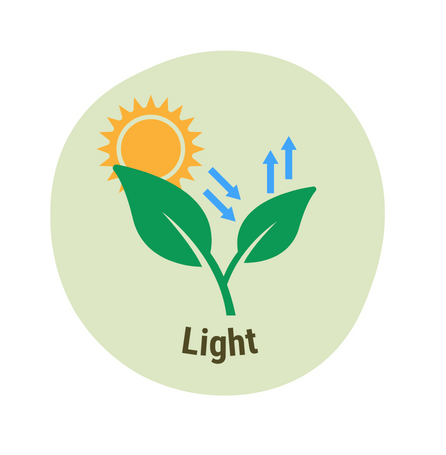
Plants require light for manufacturing their food. In some plants, day length also triggers changes in growth stages such as encouraging flowering or fruiting. Limited light or the absence of it greatly affects the growth of the plant. During winters when the days are short, the growth of the plants can be reduced depending on the plant type.
Water
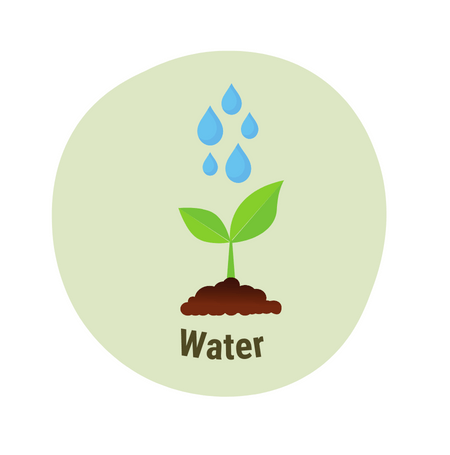
Plants cannot survive without water. Around 90% of the plant body comprises water. Plants become stressed in the absence of water and die. Water present in the soil is absorbed by the plant, which absorbs and transports nutrients through transpiration. High transpiration however may lead to reduced photosynthesis due to the inability of the plant to replace water fast enough causing the plant to shut down for short periods.
Temperature
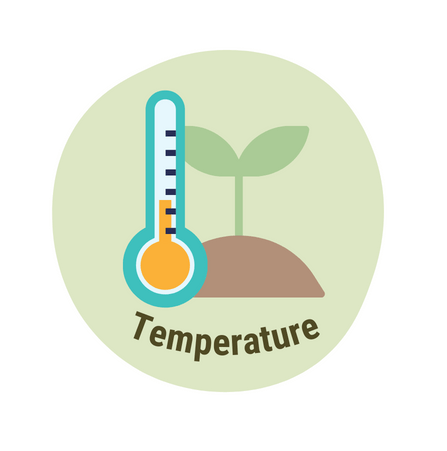
Plant growth is greatly influenced by temperature. High temperatures speed up transpiration, photosynthesis, and germination processes. Too high of a temperature though, and plant growth can be slowed or even stop as a natural abiotic stress defense. Low temperatures, however, may also slow down the growth of the plants if they are below the ideal range for the particular plant to grow in.
Nutrition
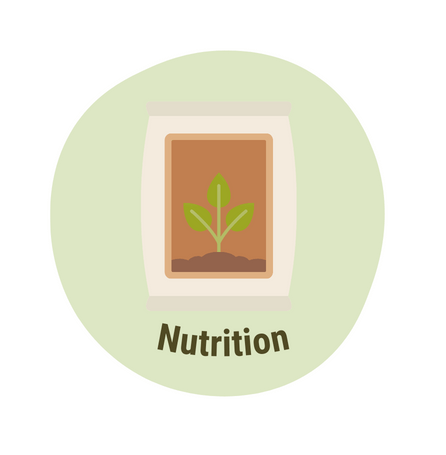
Plants require proper nourishment for their growth and development. Nutrients are divided into macronutrients and micronutrients. Nitrogen, potassium, phosphorus, calcium, magnesium, and sulfur are the major macronutrients required by plants. The micronutrients needed include iron, copper, manganese, magnesium, and others. A deficiency of just one nutrient in plants may result in stunted growth of the plant or poor physiological development during critical stages.
Plant growth hormones are an important part of how plants grow and thrive. By understanding what they are, the different kinds they come in, and how they help plants develop and stay healthy, growers can use them to their advantage. With a little extra care and knowledge, you can use plant growth hormones to make sure your crops get off on the right foot, setting you up for success.
Check out part two in this series to more about the Understanding the Characteristics of Plant Growth Regulators! Part three will cover the types of PGRs in more detail.
Frequently Asked Questions About Plant Growth Regulators
Plant growth regulators offer several advantages in agricultural and horticultural practices. They can stimulate root growth, increase crop yield, enhance fruit quality, regulate plant height, promote flowering, improve stress tolerance, control fruit ripening, and aid in the management of plant diseases. They provide flexibility and precision in plant growth control.
It is generally recommended to avoid mixing plant growth regulators (PGRs) with fungicides unless specifically mentioned by the manufacturers. PGRs and fungicides have different modes of action and may interact in ways that could reduce effectiveness or cause unintended side effects. It is best to follow the instructions provided by the manufacturers for each product.
Several factors contribute to faster and bigger plant growth. Adequate sunlight, proper watering, nutrient-rich soil, and favorable temperatures are essential. Additionally, providing optimal levels of essential nutrients such as nitrogen, phosphorus, and potassium, along with appropriate pruning and care, can promote faster and larger plant growth.What are the plant growth regulators give example?
Plant growth regulators work by binding to specific receptor proteins in plant cells, triggering a cascade of biochemical reactions. This signaling pathway influences gene expression, protein synthesis, and other cellular processes, leading to changes in plant growth and development. The regulators can promote or inhibit various physiological responses depending on the specific hormone and plant tissue.
The five plant growth regulators are auxins, gibberellins, cytokinins, abscisic acid (ABA), and ethylene. They regulate various aspects of plant growth, including cell elongation, stem elongation, cell division, stress responses, seed dormancy, fruit ripening, and senescence.
Subscribe to Miller’s Blog!
Don’t Miss Out! Subscribe to Miller’s Blog to be notified when we publish a new post.